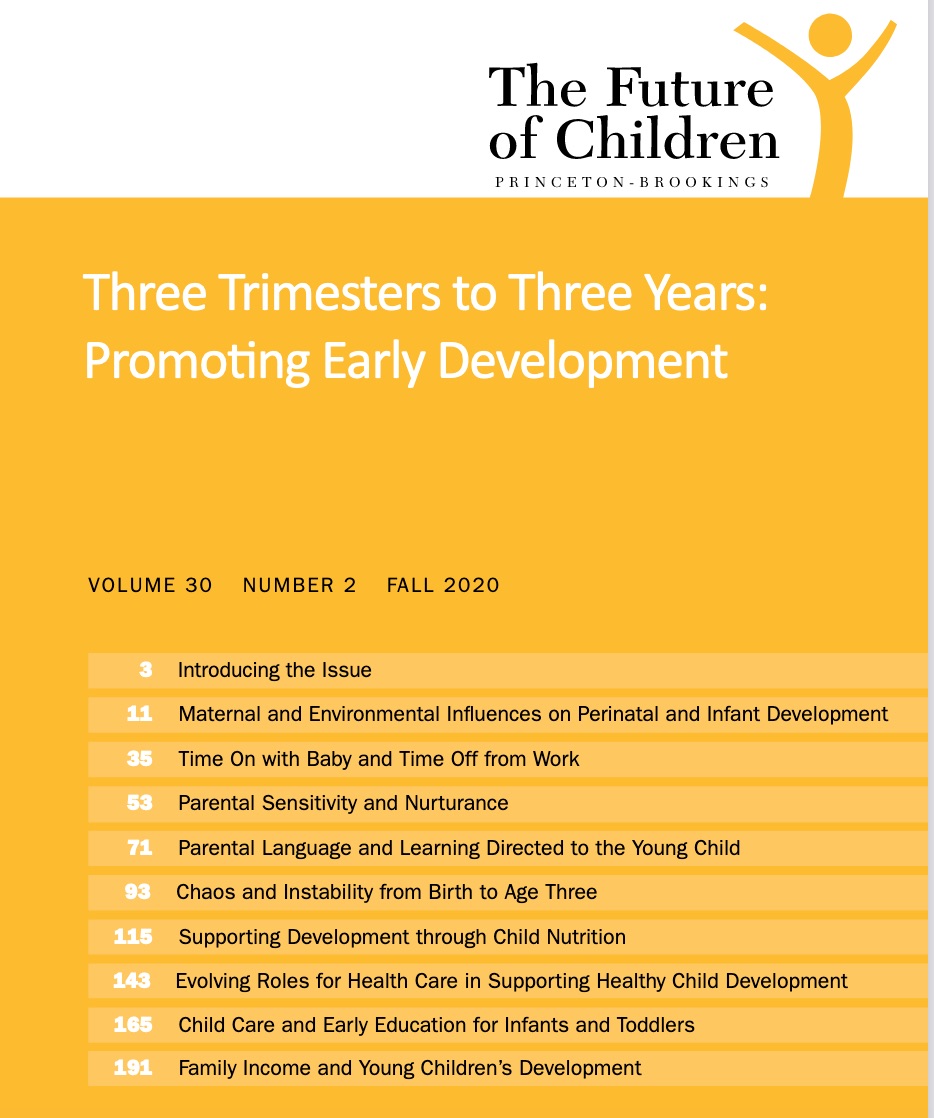In 2020, the Hunt Institute’s Javaid Siddiqi and Dan Wuori co-authored an essay on meeting children’s basic needs, arguing, “Before complex learning can happen in our classrooms, children must have their most fundamental needs met.”
As we know, one of the fundamental needs – proper nutrition – isn’t being met for children, jeopardizing prenatal and early childhood development goals. And because even moderate nutritional deficiencies can impede brain development, the consequences stretch into adulthood as hunger and inadequate nutrition do permanent harm to future health and well-being.

“Failure to provide adequate nutrition is economically shortsighted,” says Diane Whitmore Schanzenbach, director of Northwestern University’s Institute for Policy Research. Longitudinal studies reveal that nutrition programs for low-income families yield health benefits as well as higher rates of high school graduation and better pay.
Unfortunately, research doesn’t always determine policy. If it did, the U.S. safety net would be responding more forcefully to the pandemic. The news is alarming. Nearly one-fifth of mothers with young children report their children are not getting enough to eat, according to a survey by the Brookings Institution. A September 2020 report finds, “The proportion of American children who sometimes do not have enough to eat is now as much as 14 times higher than it was last year.”
There are two primary federal programs for helping ensure young children have enough to eat. The Supplemental Nutrition Assistance Program (SNAP, known informally as food stamps) and the Special Supplemental Nutrition Program for Women, Infants and Children (WIC) reach approximately one in three young children in the United States.
About a third of the $60.6 billion SNAP budget goes to families with children three and under. Eligibility for this program is determined by a formula that takes into account cash income minus certain deductions such as child care expenses.
In “Supporting Development through Child Nutrition,” a paper in the latest issue of Future of Children, Schanzenbach and co-author Betsy Thorn propose ways of addressing the sharp drop-off in WIC participation as children age, and of increasing SNAP benefit levels for families with young children. These recommendations include broadening eligibility and lowering barriers for enrollment. The paper concludes, “Resources available from conception through age three are an important investment in the future health and well-being of America’s children. We need to protect all children, especially the most vulnerable, from food insecurity, inadequate nutritional intake and negative shocks such as recessions.”
👉 Download the November 2020 Future of Children
 Bolen notes that the federal government has implemented “flexibilities” during the pandemic to keep some benefits from expiring, and most states responded quickly when the pandemic hit by simplifying the application process. “There’s still an urgent need to make sure these programs remain accessible,” he says. “Especially since the economic fallout has dragged on. Most low-income communities are not returning to normal any time soon.”
Bolen notes that the federal government has implemented “flexibilities” during the pandemic to keep some benefits from expiring, and most states responded quickly when the pandemic hit by simplifying the application process. “There’s still an urgent need to make sure these programs remain accessible,” he says. “Especially since the economic fallout has dragged on. Most low-income communities are not returning to normal any time soon.”
Recent years have seen the nutrition assistance pendulum swinging away from access, with additional restrictions (especially for undocumented parents), along with work requirements (which don’t generally apply to parents of young children.)
👉 SNAP Changes Will Affect Millions of Families with Losses and Reductions in Benefits
FRAC and the Center on Budget and Policy Priorities have issued recommendations for how Congress should respond to the hunger emergency wrought by the pandemic; the ideas go beyond nutrition assistance because hungry families are also enduring unemployment and housing instability.
- Providing a temporary 15% increase in SNAP benefits
- Extending the federal supplement to unemployment benefits and instituting policies that expand eligibility and increase the number of weeks that unemployed workers can receive benefits
- Providing assistance to meet the housing needs of people with low incomes, including funding for Housing Choice Vouchers and rental assistance funding to prevent evictions once federal, state and local moratoriums end.
Whether these and other measures materialize in 2021 remains to be seen, but the benefits would be manifold.

Mark Swartz
Mark Swartz writes about efforts to improve early care and education as well as developments in the U.S. care economy. He lives in Maryland.



